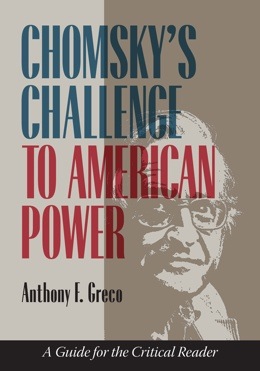The lead article in today’s NY Times reports on a “deepening divide” within the Democratic Party as the party’s base tilts towards the left. The 2016 election debacle and its catastrophic consequences have evoked a rising tide of activism aimed at forcing the party to say, in Bernie Sanders’ words, “which side it is on.” This demand isn’t particularly congenial to much of the party establishment; hence the divide, one which I started writing about on this blog a couple of years ago.
The notion that different social groups and classes seek different and often conflicting objectives, and that the role of political parties is to take sides, is hardly novel, but it is one which American political parties have traditionally sought to elide. Instead, politics in America is typically celebrated as a positive sum game in which we simply have different ideas about how to achieve the greatest good for all. We’re all on the same side.
The Democrats used to be a partial exception to this ethos. In the New Deal/Fair Deal days under F.D. Roosevelt and Harry Truman it was acceptable to define sides and to take the side of working people against the economic royalists. That inclination was effectively squashed by President Bill Clinton, who saw the party’s future centered on an alliance of the professional classes with moderate and enlightened elites in Silicon Valley, Wall Street and Hollywood. (For a very good though polemically one-sided account of the changes in the Democratic Party over the last few decades see Thomas Frank’s entertaining book, Listen Liberal.) The party has since lost any specific identity as a party of working people. Remember Warren Buffet’s refreshingly honest observation that there was class warfare in this country and that his class had won? Can you imagine Barack Obama endorsing that view?
Personally, I’m happy to see the burgeoning activism on the left of the party. I’d like to see a more aggressively populist/progressive Democratic Party both because of my own policy preferences and because I think it is the most promising path to bringing down the faux populism in the White House. But, political parties are coalitions of people who inevitably don’t agree on everything. Effective coalitions always involve compromise. The demand for a “revolutionized” Democratic Party, or for the most leftist plausible policy positions, isn’t always and everywhere the best way to empower the resistance to the reactionary onslaught. I agree with the thrust of the article in today’s Times as well of Frank Bruni’s piece yesterday: sometimes relatively moderate Democrats need to be supported, even enthusiastically, when they offer the best chance of beating their GOP opponents.
So, let’s by all means work to change the Democratic Party and with it the nation. That means among other things supporting the most progressive candidates available in solidly blue districts where Democrats are pretty certain to prevail in any case. But in a purple district, in an intra-party contest between a viable moderate candidate and an attractive but hopeless leftist, I would go with the moderate.




Al Wegener June 12, 2017 at 4:18 pm
Thanks, Tony. I thought the article and your comments on it very stimulating, Tony. I’m inquiring now about how do people get their political beliefs. Perhaps mainly from their culture and personal experiences. So we can’t then expect people to believe totally one way or the other. What Democrats need to do now is to listen, with an open mind, and to understand what people are saying and to reflect that in the ideas/candidates presented to them for that district. Otherwise, we’ll be trumped again in 2018 and 2020.
My thoughts, anyway, and reflected in article I thought.
Peter Sepulveda June 12, 2017 at 11:28 pm
Two points.
I don’t agree that the move rightward (for the Democrats) began with Clinton. It began with the Peanut Farmer!
Second, most, if not all, “moderate” Democrats are really Republicans (RINOs) who have been driven out of their party. As professional politicians, who wish to be on the public dole, they are looking to be elected. I believe that in some instances we should support them, but in others NOT at all.
tonygreco June 13, 2017 at 8:31 am
You’re right about Carter, but I don’t think he saw himself as a mover and shaper of the Democratic Party the way Clinton did. Clinton had been head of the Democratic Leadership Council (DLC), whose mission was to cleanse the party of alleged liberal excesses.
As to your second point, it depends on whether we’re talking about intra-party or inter-party contests. As I have previously pointed out, at least at the national level, and with virtually no exceptions, the worst (i.e., most conservative) Democrats are still better than the best (i.e., most “moderate”) Republicans.
Donald Campbell June 15, 2017 at 8:38 am
The two party system often stifles debate. How can two parties represent all the views voters feel are important? Our system is outmoded and we definitely need to amend the constitution to reflect the reality that has evolved over the past 230 years, yet because of the political divide and the extremely difficult process of amending the US constitution this will not be politically possible. It’s a catch 22.
A parliamentary system would be more responsive to the electorate. I am not saying that the US constitution is irrelevant, it is historically very important, and has many clauses that resonate today but it does need and update.